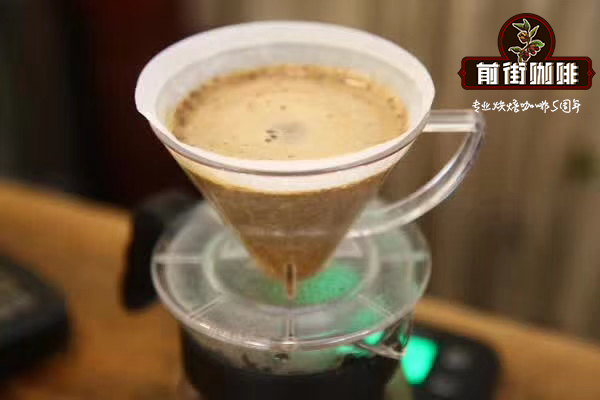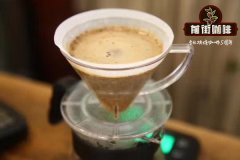Introduction of the producing area and description of flavor characteristics of Ecuadorian San Juan coffee
The Taza Dorada contest has been held for many years. Coffee farmers submit their high-quality coffee raw beans for national and international evaluation to determine which are the best micro-batches, which can be said to be Ecuador's COE. Unlike the COE system, Taza Dorada does not adopt an auction system, and the winning batches of raw coffee beans will almost be booked by buyers who know the goods.
Small farmers in this region still maintain the fine tradition of growing traditional varieties such as Typica, Caturra and Bourbon, which has been the key to their success.
The climate is very special in this area, humid almost all the year round, and the temperature fluctuates very comfortably, from 12 to 28 degrees Celsius, averaging about 20 degrees Celsius. This weather is very suitable for the growth of Ecuadorian coffee beans and reflects the flavor in the cup.
Most of the typical coffee and raw bean estates in southern Ecuador are organically grown, and the crops are very diverse. Corn, cabbage, bananas, bees, cattle, fish, fruit and coffee are grown together. Coffee leaf embroidery disease has been a threat to coffee bean producers in the region, and leaf rust has reduced Colombia's coffee production by 50% for a year or two. The simplest solution against leaf rust is intensive chemical applications, but coffee farmers in the region take a more determined organic approach because of their respect for the environment.

Important Notice :
前街咖啡 FrontStreet Coffee has moved to new addredd:
FrontStreet Coffee Address: 315,Donghua East Road,GuangZhou
Tel:020 38364473
- Prev

Rose Summer Village, Ethiopia Golden Standard Rose Summer Seeds Gori Rose Summer Gori Gesha Fine Coffee beans
Professional coffee knowledge exchange more coffee bean information please follow the coffee workshop (Wechat official account cafe_style) rose summer village (GeshaVillageCoffeeEstate) is different from most Ethiopian farms is not a small farm, but a large 500ha
- Next

Introduction of Cauca producing area and description of its flavor characteristics
The producing area of Cauca in Colombia is about 1500-2100 meters above sea level. The changeable mountain terrain and climate, slow coffee production but also created this rich flavor, balanced flavor of Colombian coffee. The producing area is surrounded by high mountains, which block the airflow and water vapor from the Pacific Ocean and trade winds from the south, thus keeping the producing area stable.
Related
- Detailed explanation of Jadeite planting Land in Panamanian Jadeite Manor introduction to the grading system of Jadeite competitive bidding, Red bid, Green bid and Rose Summer
- Story of Coffee planting in Brenka region of Costa Rica Stonehenge Manor anaerobic heavy honey treatment of flavor mouth
- What's on the barrel of Blue Mountain Coffee beans?
- Can American coffee also pull flowers? How to use hot American style to pull out a good-looking pattern?
- Can you make a cold extract with coffee beans? What is the right proportion for cold-extracted coffee formula?
- Indonesian PWN Gold Mandrine Coffee Origin Features Flavor How to Chong? Mandolin coffee is American.
- A brief introduction to the flavor characteristics of Brazilian yellow bourbon coffee beans
- What is the effect of different water quality on the flavor of cold-extracted coffee? What kind of water is best for brewing coffee?
- Why do you think of Rose Summer whenever you mention Panamanian coffee?
- Introduction to the characteristics of authentic blue mountain coffee bean producing areas? What is the CIB Coffee Authority in Jamaica?

